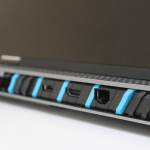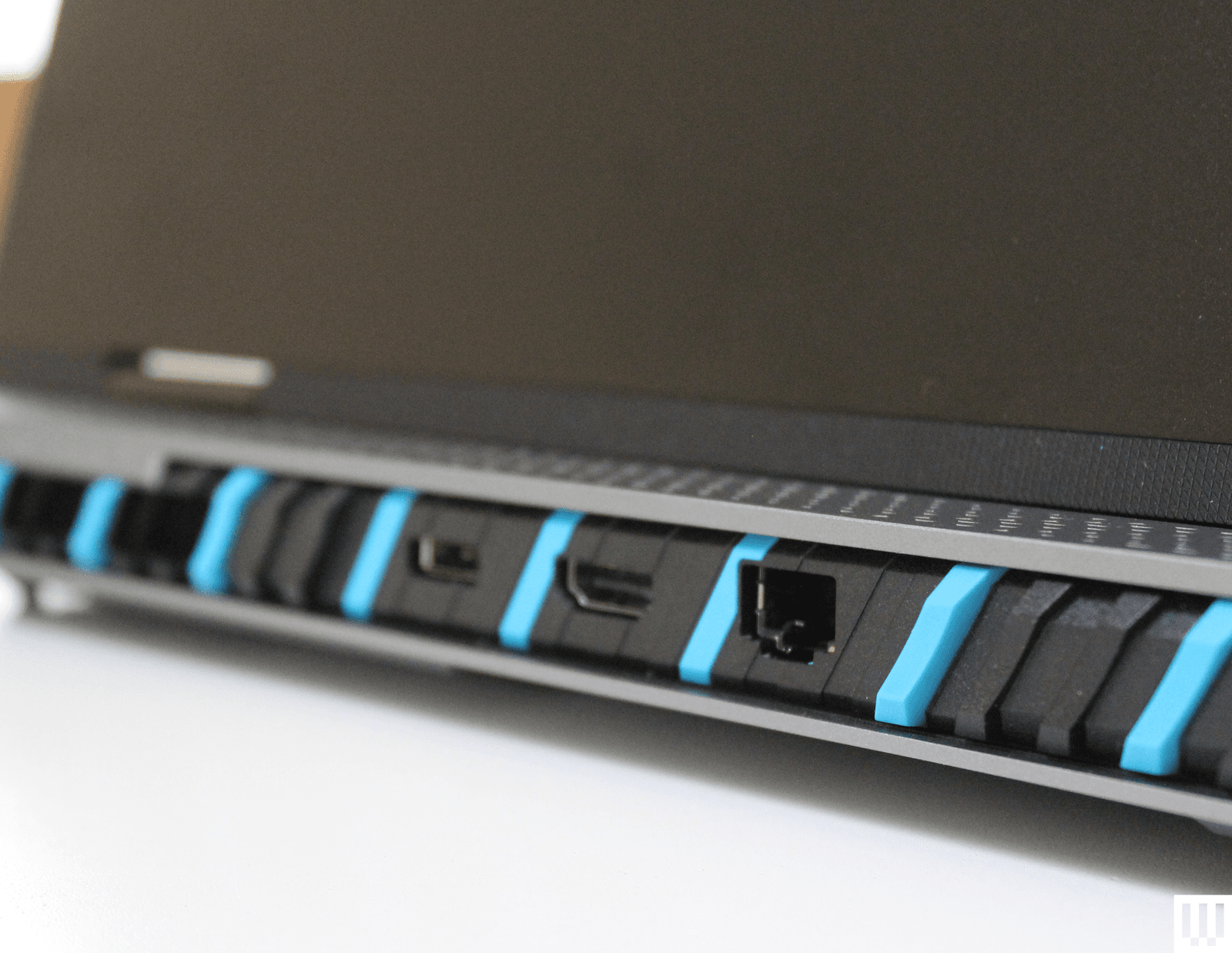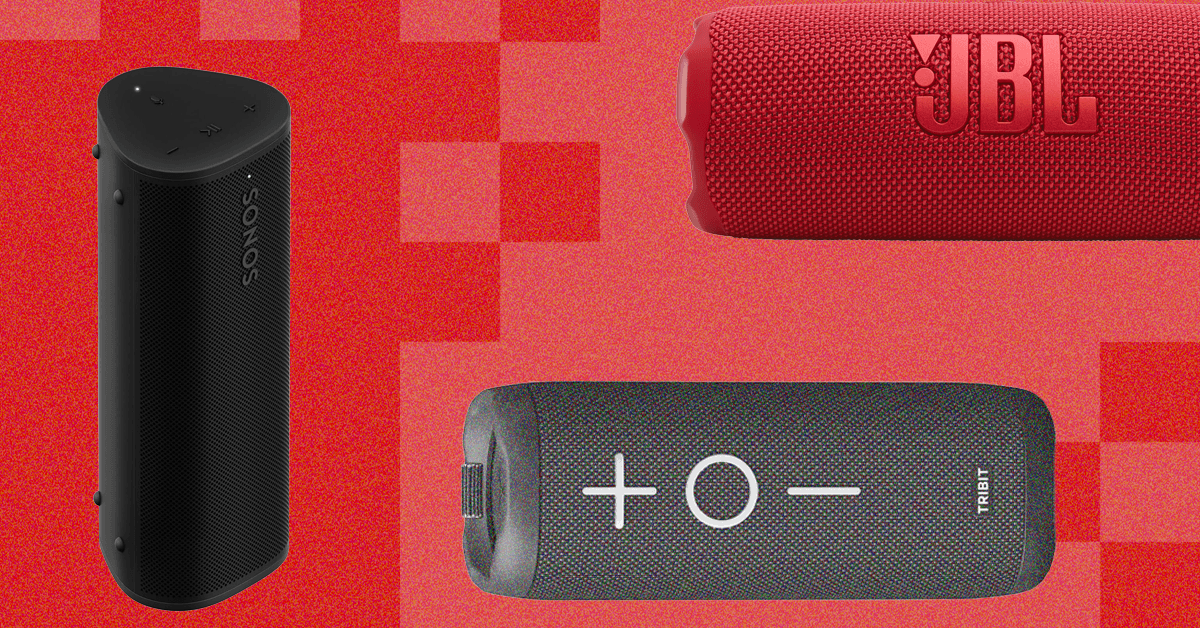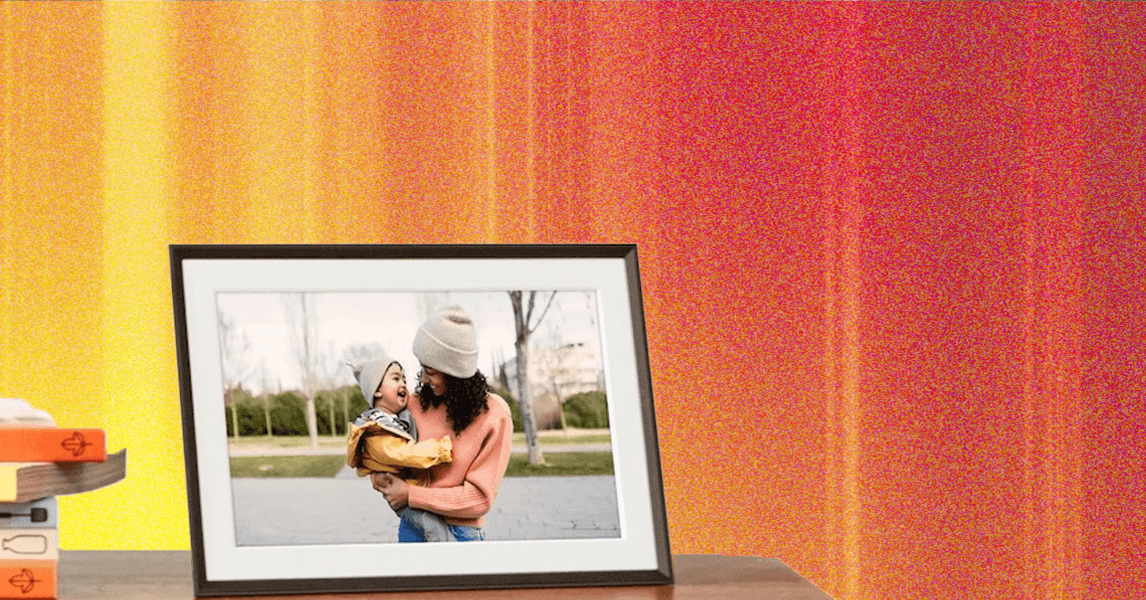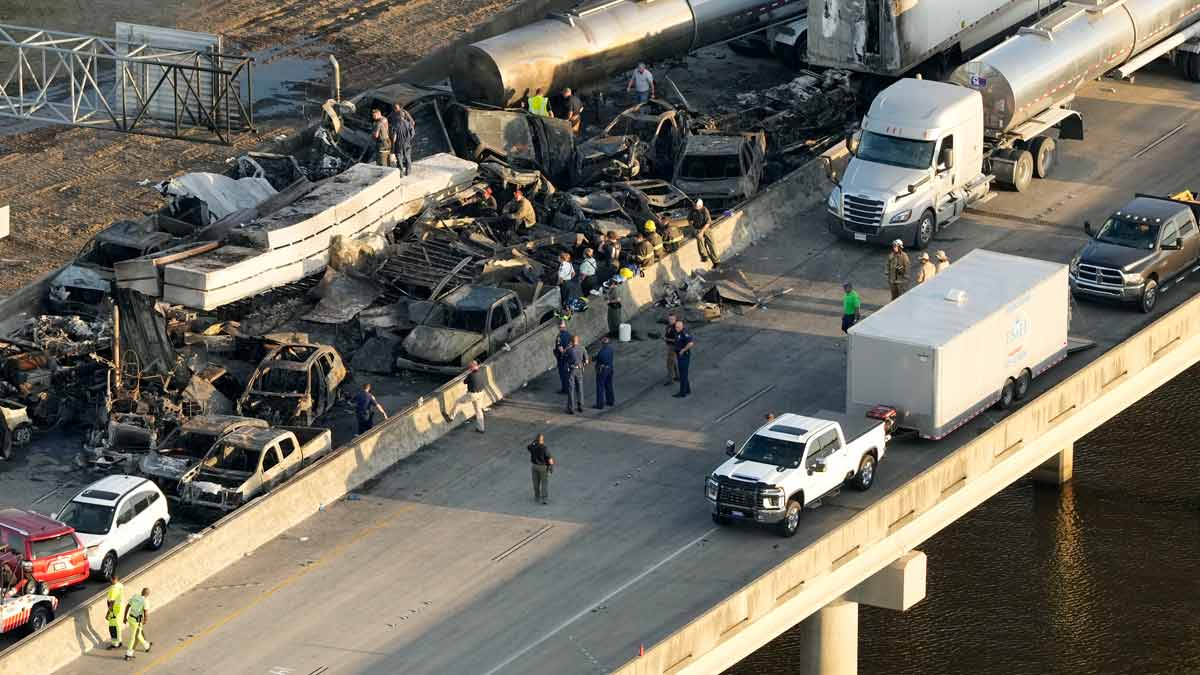
Swint talked with Consumer Reports in 2021 on his way to investigate a deadly pileup outside Fort Worth, Texas. He says that such crashes are usually due to sudden, weather-related changes. “It’s sometimes by fog, sometimes by sandstorm, sometimes by rain, but the primary contributor is icy and snowy conditions,” he says.
In those situations, drivers should try to maintain as much space around their vehicle as possible, says William Van Tassel, manager of driver training programs for AAA. “It’s really hard to hit anything if you have enough space around you.”
Here are some other ways to prevent a pileup—and what you should do if one is unavoidable.
Slow down and don’t tailgate. When visibility drops, it can be hard for drivers to see obstacles ahead. Cars also need more distance to stop on ice and snow—even tall SUVs and cars with all-wheel drive. So drivers need to slow down in bad weather. “The slower you go, you have more time to react and more time for your vehicle to react,” Swint says.
It’s as easy as counting. Just look ahead down the road, find a fixed object like a telephone pole or sign, and start counting in seconds (“one Mississippi, two Mississippi”) as soon as the rear bumper of the car ahead of you passes by that object. In normal weather, it should be at least 3 seconds before your front bumper passes the same object. For every “strike” against the conditions—darkness, ice, fog, precipitation—Van Tassel recommends adding another second of distance. In truly dangerous conditions, an 8- to 10-second stopping distance may be called for.
Keep an eye on your rearview mirror. You might not be tailgating the car in front of you, but what if another vehicle is riding your rear bumper? “Change lanes, adjust your speed, do whatever you have to do to let that problem driver around you,” Van Tassel says. Knowing whether there’s another vehicle tailgating you can also determine what action you should take if you see a crash ahead, says Jake Fisher, senior director of auto testing at CR. If you’re being tailgated and come up on stopped traffic, instead of panic braking and potentially causing a chain reaction behind you, “it might be possible to slow down and change lanes or move onto the shoulder. That way if the car behind you can’t stop, you may avoid a pileup.”
Pay even closer attention. In dangerous driving conditions, it might be tempting to look at a navigation screen to find an alternate route or to call a loved one to let them know you’re going to be late, but you need to devote your absolute concentration on driving, Fisher says. “Have awareness of where other cars are around you at all times,” he says. To avoid a crash, you might have to make a split-second decision to change lanes or hit the brakes. “Having your eyes on the road means more than just looking forward—it’s knowing: Is there a car next to me? Is there a car behind me?” That additional spatial awareness could be the difference between starting a pileup and avoiding a crash by driving on the shoulder. And if possible, look beyond the car in front of you to view what’s happening well up the road to better react to an impending situation.
Know who you’re sharing the road with. Fisher, Swint, and Van Tassel all recommend keeping a buffer around your car. In addition to not tailgating, that means modulating your speed so that you aren’t driving directly alongside other vehicles. “If the car next to you loses control, they’re hitting you,” Fisher says. That’s especially true when sharing the road with large trucks and tractor-trailers. They’re often involved in pileups and can “jackknife” (when the back of the trailer swings around toward the tractor, or vice versa), taking out multiple smaller vehicles in their path. If you’re stuck behind a slow-moving truck, don’t try to pass it or you might end up caught in its wake if a crash takes place.
